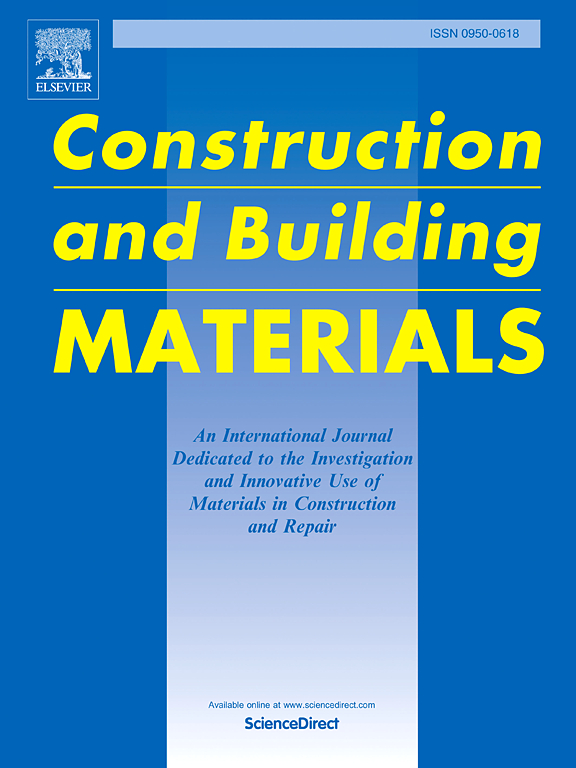Quantitative description of chloride ingress in concrete using machine learning algorithms
IF 7.4
1区 工程技术
Q1 CONSTRUCTION & BUILDING TECHNOLOGY
引用次数: 0
Abstract
This study employs machine learning (ML) algorithms to quantitatively describe the spatiotemporal evolution of chloride ion content in concrete. This phenomenon is of paramount importance for the maintenance of concrete infrastructure components, e.g., bridges, as chloride ion ingress is the most common cause of corrosion in reinforcing and prestressing steel. The development and training of the ML algorithms are driven by a comprehensive dataset, consisting of 918 experimental measurements and incorporating a range of environmental and concrete mixture properties as input features. A variety of ML algorithms are considered, namely, linear regression, least absolute shrinkage and selection, multilayer perceptron artificial neural network, support vector machine, Gaussian process regression, random forest, extreme gradient boost, and a voting regressor combining the various algorithms. The latter was found to be the most promising approach for the adopted dataset in reproducing chloride content measurements from real-life structures, as it incorporates a variety of algorithms. The proposed ML framework provided insights into the optimal concrete mixture design to enhance the serviceability of critical arterial infrastructure components in harsh environments. The accuracy of a design-oriented mathematical model in the fib (International Federation for Structural Concrete) code for describing chloride ingress was also investigated and found to systematically underestimate the chloride content.
求助全文
约1分钟内获得全文
求助全文
来源期刊

Construction and Building Materials
工程技术-材料科学:综合
CiteScore
13.80
自引率
21.60%
发文量
3632
审稿时长
82 days
期刊介绍:
Construction and Building Materials offers an international platform for sharing innovative and original research and development in the realm of construction and building materials, along with their practical applications in new projects and repair practices. The journal publishes a diverse array of pioneering research and application papers, detailing laboratory investigations and, to a limited extent, numerical analyses or reports on full-scale projects. Multi-part papers are discouraged.
Additionally, Construction and Building Materials features comprehensive case studies and insightful review articles that contribute to new insights in the field. Our focus is on papers related to construction materials, excluding those on structural engineering, geotechnics, and unbound highway layers. Covered materials and technologies encompass cement, concrete reinforcement, bricks and mortars, additives, corrosion technology, ceramics, timber, steel, polymers, glass fibers, recycled materials, bamboo, rammed earth, non-conventional building materials, bituminous materials, and applications in railway materials.
 求助内容:
求助内容: 应助结果提醒方式:
应助结果提醒方式:


